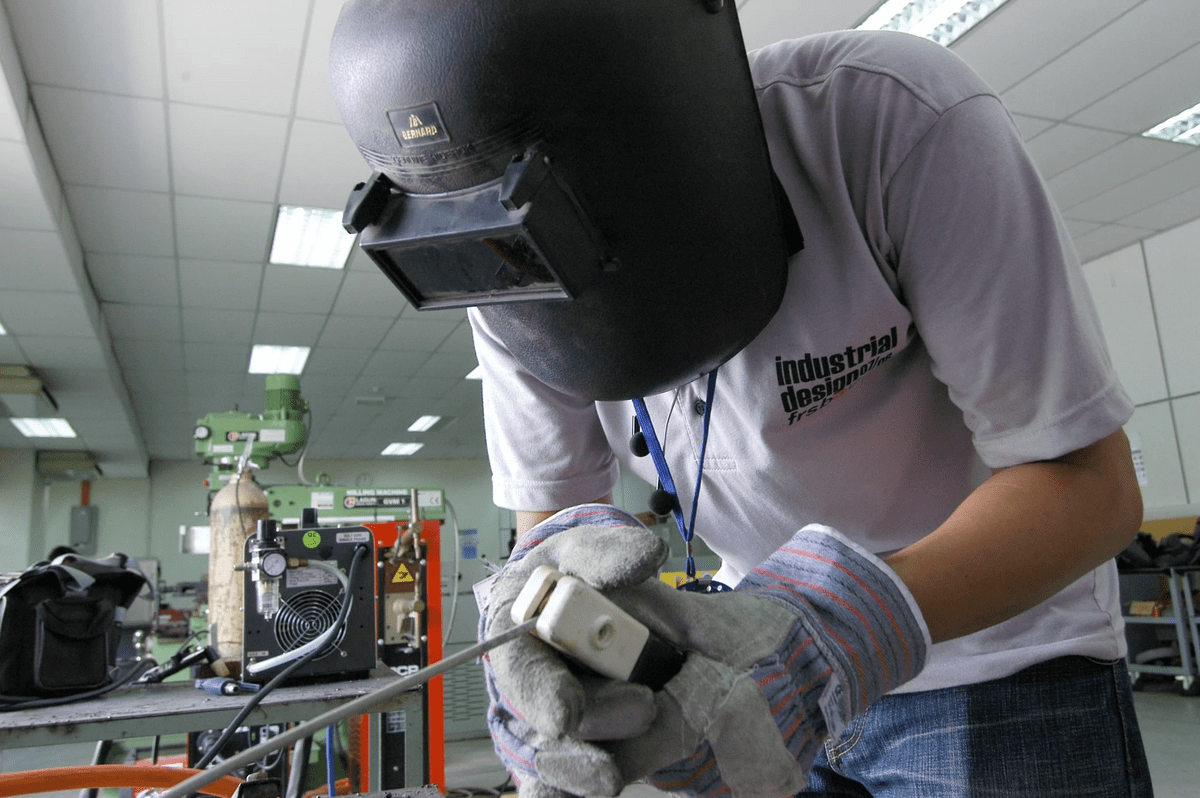Unlocking the Power of Laser Plastic Welding for Stronger Bonds
Unlocking the Power of Laser Plastic Welding for Stronger Bonds

In the world of manufacturing, joining plastic components is a common practice. Whether it's automotive parts, medical devices, electronics, or consumer goods, plastic welding is essential for creating strong and reliable products. While traditional methods like adhesives, ultrasonic welding, and hot plate welding have been widely used in the past, laser plastic welding is quickly becoming the preferred choice for many industries.
What is Laser Plastic Welding?
Laser plastic welding is a cutting-edge technology that uses high-energy laser beams to melt and fuse plastic components together. Unlike traditional welding methods that rely on mechanical friction or heat, laser welding offers several advantages that make it the go-to solution for precision joining.
How Does Laser Welding Work?
The process of laser plastic welding involves focusing a laser beam on the joint line between two plastic components. The laser energy generates heat on the surface of the plastics, causing them to melt and form a strong bond as they cool down. By carefully controlling the laser power, speed, and focus, manufacturers can achieve precise welds without damaging the surrounding areas.
Advantages of Laser Plastic Welding
1. Strength and Durability: Laser welding produces high-strength bonds that are resistant to temperature fluctuations, chemicals, and mechanical stress. This makes it ideal for applications where reliability and durability are critical.
2. Precision and Consistency: Laser welding offers unmatched precision, allowing manufacturers to create intricate designs and assemble complex parts with tight tolerances. The process is highly repeatable, ensuring consistent results from one batch to another.
3. Clean and Non-contact: Unlike traditional welding methods that require the use of adhesives or solvents, laser welding is a clean and non-contact process. There is no need for additional consumables, reducing the risk of contamination and improving overall efficiency.
4. Cost-effective: While the initial investment in laser welding equipment may be higher than other methods, the long-term cost savings are significant. Laser welding eliminates the need for additional materials and reduces labor costs associated with post-processing and quality control, visit this site to learn more.
Applications of Laser Plastic Welding
Laser plastic welding is used across a wide range of industries for various applications:
1. Automotive: Laser welding is commonly used in automotive manufacturing for joining plastic components like headlamps, taillights, and interior trim. The process ensures airtight seals and watertight bonds, improving the overall performance and longevity of the vehicle.
2. Medical Devices: In the medical industry, precision and hygiene are paramount. Laser welding is used to assemble medical devices, implants, and laboratory equipment with high accuracy and cleanliness. The process is also suitable for joining dissimilar materials, such as plastics and metals.
3. Electronics: Laser welding is ideal for joining delicate electronic components without damaging sensitive circuits. The process allows for high-speed, high-precision welding of plastic housings, connectors, and battery packs, ensuring reliable performance in electronic devices.
4. Consumer Goods: From household appliances to sporting goods, laser welding is used in the manufacturing of various consumer products. The process creates seamless, aesthetically pleasing welds that enhance the overall appearance and functionality of the final product.
Tips for Successful Laser Plastic Welding
To achieve optimal results with laser plastic welding, consider the following tips:
1. Material Selection: Choose compatible plastic materials that can be effectively welded together. Conduct thorough testing to determine the best combination for your specific application.
2. Joint Design: Design joints with proper geometry, thickness, and alignment to ensure uniform heating and strong bond formation during welding.
4. Quality Control: Implement rigorous quality control measures to verify the integrity of the welds. Perform visual inspections, leak tests, and mechanical testing to confirm the strength and reliability of the joints.
In conclusion, laser plastic welding is a versatile and advanced technology that offers numerous benefits for joining plastic components in various industries. By understanding the principles of laser welding and following best practices, you can unlock the full potential of this innovative process to create stronger, more reliable products. Embrace the power of laser plastic welding and elevate your manufacturing capabilities to new heights.